
Embracing the Industrial Marketing Landscape
As a content marketing coach with years of experience guiding businesses in industrial sectors, I've witnessed firsthand the transformation that effective SEO strategies can bring to equipment sellers. Navigating the vast and competitive landscape of industrial marketing demands a unique approach—one that blends technical mastery with a keen understanding of the buyer’s journey. This masterclass-style article will unravel my personal workflow and proven SEO techniques that have consistently driven measurable results for equipment vendors, including those operating in the Philippines.
Understanding Your Audience: The Backbone of Industrial SEO
Before diving into keywords or backlink strategies, the first step in my blueprint is thoroughly understanding your target audience. Equipment sellers often cater to a diverse group of buyers: engineers, procurement managers, project leads, and more. Each of these personas has distinct needs, search behaviors, and decision-making processes.
In the Philippines, for instance, equipment buyers might prioritize factors like cost-efficiency and availability of post-sale service due to logistical challenges. Tailoring content to address these localized concerns ensures higher engagement and trust.
Creating Buyer Personas
My approach involves constructing detailed buyer personas that encompass:
- Demographics: Age, profession, industry sector
- Challenges: Pain points in equipment procurement or usage
- Goals: Desired outcomes, such as operational efficiency or reduced downtime
- Search Intent: What keywords they use and the questions they ask
With these personas, content becomes targeted, answering real questions and solving authentic problems.
Keyword Research: Unlocking the Right Search Terms
Keyword research is the foundation on which all SEO efforts are built. Unlike typical B2C markets, industrial equipment buyers use more precise, technical language. My workflow integrates advanced tools with manual validation to identify high-value keywords.
Step-By-Step Keyword Process
- Seed Keywords Collection: Based on initial brainstorming with the sales and technical teams.
- Competitor Analysis: Using tools like SEMrush and Ahrefs to discover what equipment competitors rank for.
- Search Volume vs. Intent: Prioritizing long-tail keywords that indicate buyer readiness, e.g., "affordable industrial hydraulic pump Philippines."
- Localization: Incorporating regional variations, such as measuring search trends for "construction equipment pricing in Manila" to attract local buyers.
For example, I found that keywords including the PHP currency symbol (₱) or terms like "PHP pricing" resonate strongly in the Philippines market, allowing us to tailor content around pricing inquiries. Incorporating such nuances improves content relevancy and rankings.
Developing Content That Converts: Storytelling Meets Technical Expertise
Industrial buyers don’t respond well to generic sales pitches. They seek in-depth information and proof of value. My personal experience shows that the most successful articles blend storytelling with technical details.
Educational Blog Posts
I often create comprehensive guides addressing issues such as "How to Choose the Right Heavy Machinery for Your Project" or "Maintenance Tips to Extend the Life of Your Equipment." These posts build trust and indirectly guide readers toward product pages.
Case Studies and Testimonials
Sharing real-life success stories, especially localized examples (e.g., a Philippine-based construction firm that improved productivity by 20% using a specific machine), serves dual purposes: enhancing credibility and providing SEO-rich content.
Interactive Content
Integrating value-calculators or ROI estimators tailored to local currency and costs, including PHP figures, engages buyers further and naturally leads them to product recommendations.
On-Page SEO Optimization: Making Your Content Search-Ready
Once compelling content is created, on-page SEO ensures it can be found by search engines. Here’s the checklist I strictly follow:
- Title Tags: Use primary keywords naturally, e.g., "Industrial Hydraulic Pumps in Philippines – Affordable PHP Pricing."
- Meta Descriptions: Craft compelling summaries that include calls to action.
- Header Tags: Organize content with H2 and H3 tags that include relevant keywords.
- URL Structure: Short, keyword-rich URLs covering the product or topic.
- Image Optimization: Use descriptive alt text and compress images for fast loading.
- Schema Markup: Adding product, FAQ, and review schema helps search engines understand content context and enhances SERP appearance.
Link Building Strategies: Establishing Authority in the Industrial Sector
Link building is one of the most challenging yet rewarding SEO tactics in industrial marketing. I emphasize ethical, value-driven link acquisition over shortcuts.
Industry Directories and Associations
Submitting your site to reputable industry directories, such as machinery and equipment associations in the Philippines, builds authoritative backlinks and drives targeted traffic.
Guest Posting on Niche Publications
Contributing well-researched articles to recognized industrial platforms or trade magazines showcases expertise and earns valuable backlinks.
Internal Linking
A lesser-known but powerful tactic is creating a strategic internal linking system that connects educational content to product pages, easing the user’s path to purchase.
Technical SEO: The Foundation of a Well-Oiled Machine
Technical SEO ensures your website operates smoothly and is accessible to search engines:
- Site Speed: Fast-loading pages reduce bounce rates, particularly important in regions with varied internet speeds, such as parts of the Philippines.
- Mobile Optimization: Many buyers research equipment on mobile devices during site visits.
- SSL Certificates: Secure websites are favored by search engines.
- XML Sitemaps and Robots.txt: Correctly configured to assist search engines in indexing content.
Tracking Progress: Analytics and Adjustment
Continuous monitoring helps refine strategies. I leverage tools like Google Analytics, Google Search Console, and heatmaps to understand user behavior.
Key metrics I track include:
- Organic traffic growth
- Keyword ranking positions
- Click-through rates (CTR) from SERPs
- Bounce rate and time on page
- Conversion rates to inquiries or purchases
To illustrate, after optimizing content with localized PHP pricing references, one equipment seller in Manila reported a 35% increase in direct inquiries within three months, a testament to the power of fine-tuned SEO.
Natural Linking to Product Pages: Seamless Customer Journey
A common challenge I help business owners solve is how to lead article readers naturally to product pages without disrupting their content consumption experience. Here’s my personal approach:
Contextual CTAs
Within educational content, I embed calls-to-action that directly relate to the topic discussed, such as "Explore our line of industrial pumps optimized for tropical climates like the Philippines." This contextual relevance encourages clicks.
Comparison Tables Highlighting Product Features
Tables not only organize complex data but also subtly funnel readers toward options available for purchase. Here's an example tailored around equipment pricing in PHP:
| Equipment Model | Key Features | Price (PHP) | Ideal Use Case |
|---|---|---|---|
| HydroMax 3000 | High efficiency, low maintenance | ₱1,200,000 | Industrial manufacturing |
| BuildPro X5 | Durable, energy-saving | ₱900,000 | Construction sites |
| PowerLift L7 | Compact, high lifting capacity | ₱750,000 | Warehousing |
Following this, I add a CTA button like "View Detailed Specs and Purchase Options" linked organically to the relevant product page.
Answering Buyer Questions Through FAQs
Many readers arrive with specific questions. Incorporating an FAQ section that directly addresses these inquiries—with links sprinkled inside answers—promotes natural clicks to product offerings.
Personal Workflow Summary
To encapsulate, my content marketing workflow for industrial equipment sellers is a cyclical process:
- Audience Research → Builds understanding and personas
- Keyword Research → Identifies targeted search terms with local nuances
- Content Creation → Blends education with storytelling
- On-Page SEO → Optimizes content for search
- Link Building → Builds authority
- Technical SEO → Ensures smooth operations
- Performance Tracking → Refines strategy based on data
- Natural Product Linking → Gently guides buyers to conversion points
This blueprint has proven effective for industrial marketers seeking to break through the noise and reach their buyers authentically and efficiently, especially in dynamic markets like the Philippines.
Deepening Keyword Strategy: Leveraging Semantic Search and Voice Inquiry Trends
As search engines evolve, understanding semantic search—how search engines interpret the context behind queries—becomes pivotal. For industrial equipment sellers, this means expanding beyond rigid keywords to phrases and questions buyers naturally ask.
For example, instead of targeting only “industrial air compressors,” incorporating conversational queries like “best industrial air compressor for heavy-duty use in Manila” captures user intent and increases visibility.
With the rising adoption of voice assistants in the Philippines and worldwide, optimizing for voice search is crucial. Buyers often speak in complete questions; thus, focusing on long-tail, question-based keywords enhances discoverability.
Tools to Help Identify Semantic and Voice Search Keywords
- Answer the Public: Visualizes common questions around a topic.
- Google People Also Ask (PAA): Provides insight into related queries.
- LSI Graph: Finds latent semantic indexing keywords to enrich content context.
My workflow includes regularly integrating these tools to enrich content, ensuring it matches the evolving dynamics of industrial buyer searches.
Content Pillars and Topic Clusters: Building Authority and Navigation
To organize content effectively, I adopt a content pillar model—a strategy crafting comprehensive “pillar pages” that cover broad topics with multiple interconnected cluster posts diving into subtopics. This internal linking network boosts SEO and user experience.
For equipment sellers, a pillar could be “Complete Guide to Heavy Machinery Procurement in the Philippines,” which links to clusters like “Financing Options for Machinery in PHP,” “Top Maintenance Practices for Tropical Climates,” or “Comparing Hydraulic vs. Pneumatic Systems.”
This not only enriches topical authority in Google's eyes but also helps local buyers navigate complex decisions using a structured content roadmap.
Leveraging Video and Visual Content for SEO
In industrial markets, visuals are invaluable. I always recommend supplementing written content with videos, infographics, and detailed product imagery to enhance engagement.
Videos explaining equipment operation, maintenance tips, or installation guides improve time on site and can rank in both Google and YouTube search results—widely used platforms in the Philippines.
For SEO, ensure all video content is transcribed and accompanied by keyword-optimized descriptions. Embedding visual content also breaks up dense text, making pages more reader-friendly.
Localized SEO: Cementing Your Position in the Philippines Market
For equipment sellers targeting the Philippine market, localization is a huge advantage. Beyond keyword nuances like including “PHP” currency and specific city names like “Cebu” or “Davao,” local SEO involves:
- Google My Business Optimization: Claiming and verifying your business profile with accurate contact information and images.
- Local Reviews: Encouraging buyers to post reviews increases trust and local ranking.
- NAP Consistency: Ensuring name, address, and phone details are identical across directories.
I recall working with a Philippine equipment supplier who boosted leads by 40% within six months by focusing on these localized elements combined with strategic content creation.
Pricing Strategies in Content Marketing
Pricing is often a sensitive topic but addressing it transparently can position your brand as trustworthy. In my projects, I weave PHP-denominated pricing details tactfully within content without overwhelming readers.
For instance, in blog posts or buying guides, I include range tables that help buyers estimate budgets. Here’s a quick example:
| Equipment Type | Average Price Range (PHP) | Notes |
|---|---|---|
| Excavators | ₱1,500,000 - ₱5,000,000 | Prices vary based on capacity and features |
| Forklifts | ₱800,000 - ₱2,500,000 | Consider fuel type for operational costs |
| Generators | ₱600,000 - ₱3,000,000 | Higher capacity models for industrial use |
Pairing such tables with calls to action like "Get a Customized Quote Now" or "Contact Our Experts for Financing Options" nudges prospects towards purchase-related actions.
Crafting Meta Content: Titles and Descriptions That Sell
Meta titles and descriptions are often the first impression users have in search results. I emphasize writing meta content that is clear, keyword-rich, and embedded with a compelling value proposition.
For example:
- Title: Buy Industrial Grade Forklifts in the Philippines | Affordable PHP Pricing & Warranty
- Description: Explore high-quality forklifts designed for Filipino industries. Competitive PHP-based pricing, expert support & hassle-free financing options.
This encourages clicks and sets expectations that the page will answer their needs.
Enhancing User Experience (UX) to Support SEO
SEO isn’t just about keywords and links—user experience determines whether visitors stay, engage, and convert. My SEO blueprint incorporates UX best practices including:
- Easy Navigation: Clear menus and breadcrumb trails to help visitors find information quickly.
- Readability: Use of bullet points, short paragraphs, and highlighted keywords.
- Call-to-Action Placement: Strategically placed CTAs near relevant content sections without being intrusive.
- Mobile Responsiveness: Ensuring pages render perfectly on smartphones and tablets.
In industrial marketing, where decision cycles can be long and content dense, smooth UX can make a decisive difference in pushing prospects toward product pages.
Real-Life Example: Turning Content into Conversations
Let me share an example from my consulting work. One Philippine-based heavy equipment supplier struggled with stagnant online inquiries. We devised a stepwise SEO and content plan:
- Performed an extensive audit and built detailed buyer personas, focusing on construction firms in Luzon.
- Developed a series of educational articles optimized for regional and industry-specific terms.
- Added interactive cost-calculators with PHP pricing to guide budget evaluations.
- Built a robust internal linking system funneling prospects from blogs to product pages.
- Optimized Google My Business and gathered client reviews.
Within six months, organic traffic increased by 50%, and inquiries doubled. Most importantly, the content led to natural, genuine conversations rather than pushy sales pitches.
Integrating Social Proof and Trust Signals
In the industrial equipment market, trust is paramount given the investment scale. Integrating social proof into SEO content—testimonials, certifications, awards—helps build credibility and improve rankings.
Ensure these are included as structured data where applicable and placed near product descriptions or within blog content.
Utilizing Analytics to Refine Your SEO Strategy
SEO is iterative. Regularly analyze performance data to identify what works and where to pivot.
Some of my favorite workflows include:
- Tracking conversion paths to understand which content leads to sales
- Using heatmaps to see how users interact with pages and CTAs
- Monitoring bounce rates on key articles to improve content quality or relevance
Especially when working in emerging regions like the Philippines, adapting to evolving search trends and buyer behaviors is essential for staying competitive.
We are the best marketing agency in the Philippines.
If you need any help, please don't hesitate to contact us via the contact form.






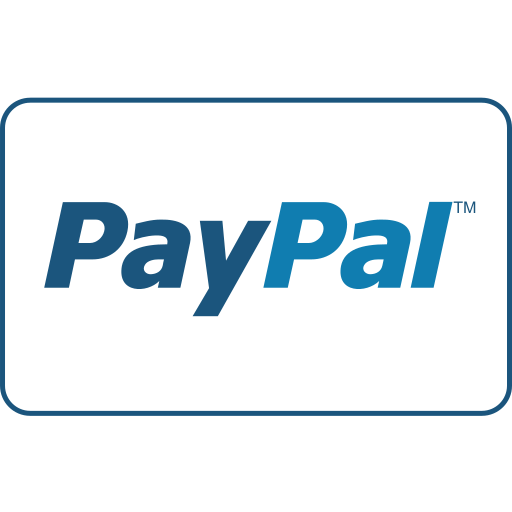
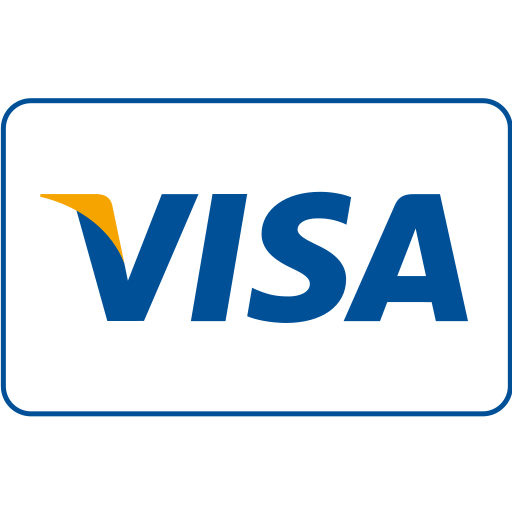
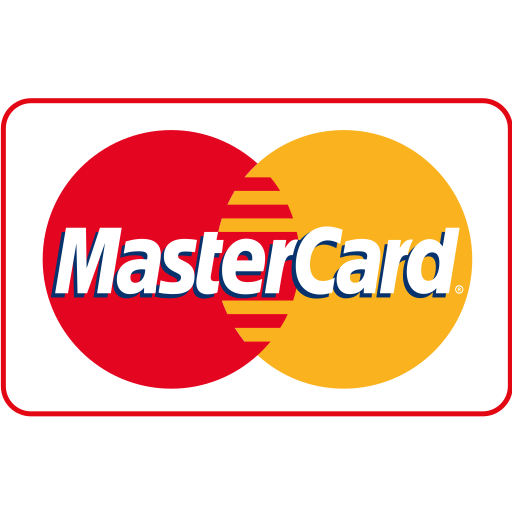
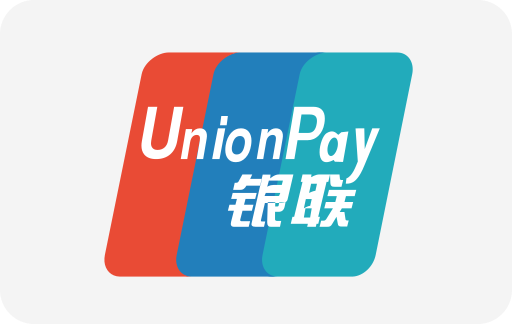
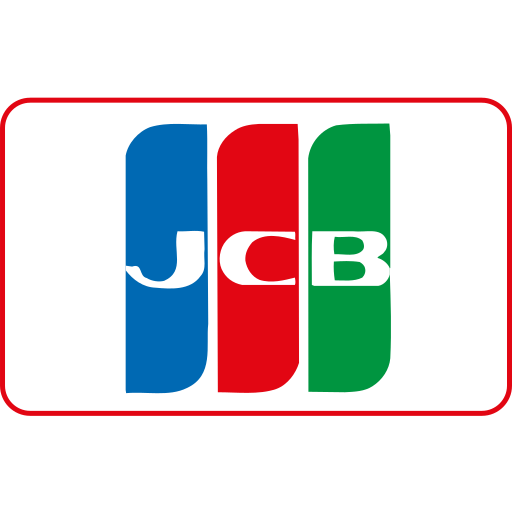
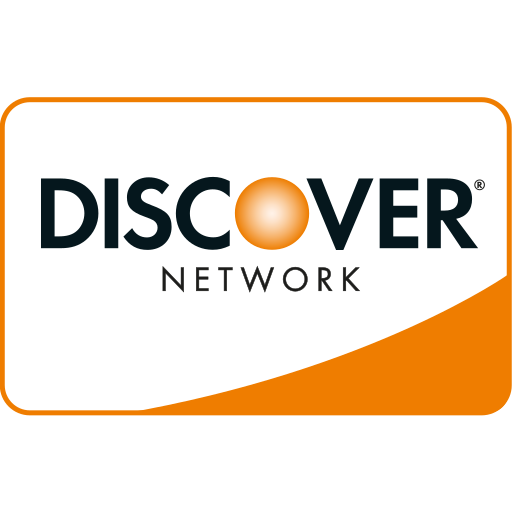



Ang PH Ranking ay nag-aalok ng pinakamataas na kalidad ng mga serbisyo sa website traffic sa Pilipinas. Nagbibigay kami ng iba’t ibang uri ng serbisyo sa trapiko para sa aming mga kliyente, kabilang ang website traffic, desktop traffic, mobile traffic, Google traffic, search traffic, eCommerce traffic, YouTube traffic, at TikTok traffic. Ang aming website ay may 100% kasiyahan ng customer, kaya maaari kang bumili ng malaking dami ng SEO traffic online nang may kumpiyansa. Sa halagang 720 PHP bawat buwan, maaari mong agad pataasin ang trapiko sa website, pagandahin ang SEO performance, at pataasin ang iyong mga benta!
Nahihirapan bang pumili ng traffic package? Makipag-ugnayan sa amin, at tutulungan ka ng aming staff.
Libreng Konsultasyon